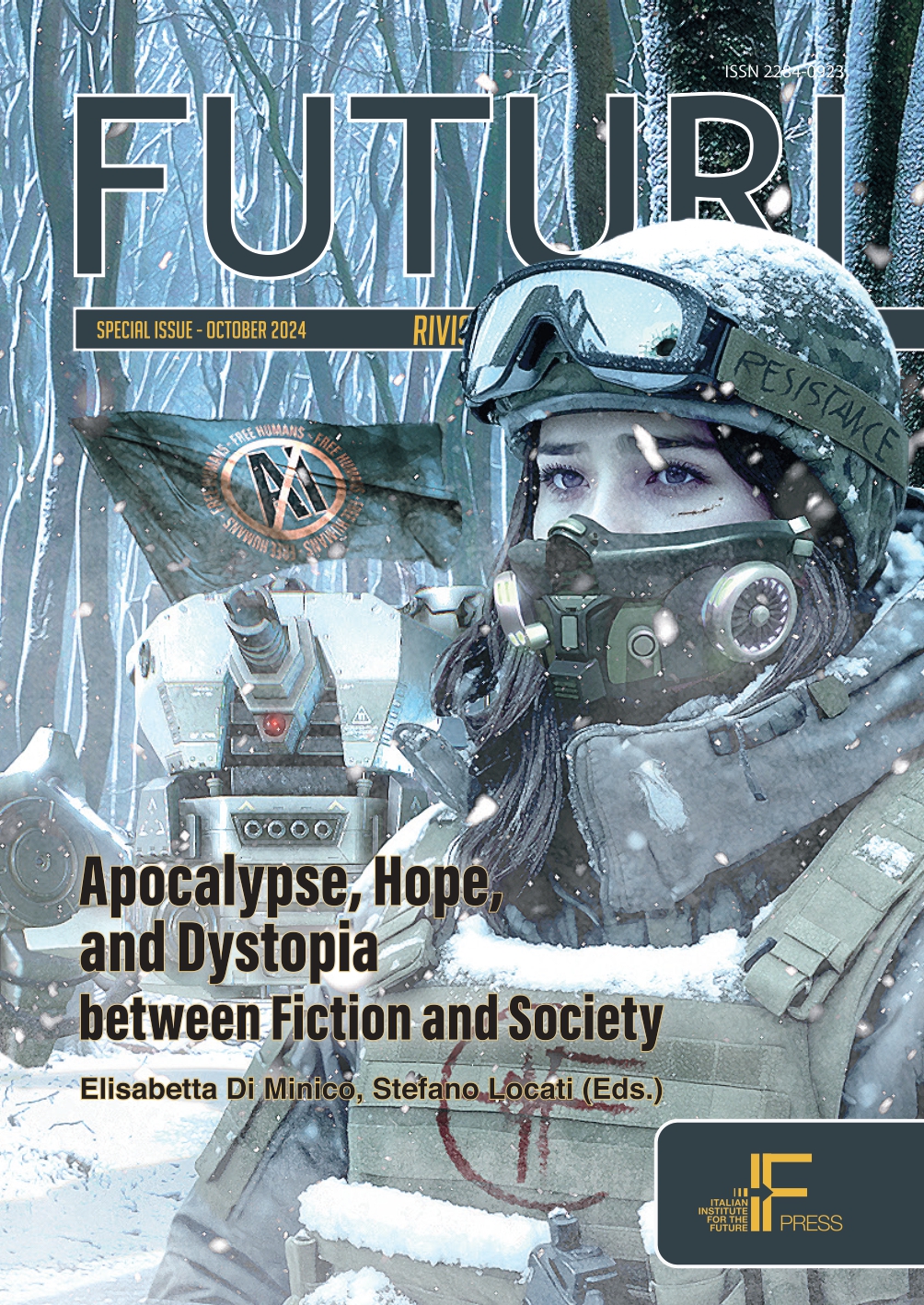Survival in Half-Sunken Cities: Urban Adaptations to Sea Level Rise in Speculative Fiction

Pubblicato 14-02-2025
Parole chiave
- Sea Level Rise,
- Climate Change,
- Speculative Fiction,
- Climate Resilience,
- Urban Adaptation

Questo lavoro è fornito con la licenza Creative Commons Attribuzione - Non commerciale - Non opere derivate 4.0 Internazionale.
Abstract
This paper surveys fictional depictions of urban adaptation to rising sea levels using climate resilience strategies identified by The Intergovernmental Panel on Climate Change as a guideline. The paper first lays out the four generic categories for urban adaptation under different conditions, namely accommodation, protection, advancement, and retreat, which provide a collection of fluid and interchangeable options. Preservation and creating alternatives are identified as the two main distinct characteristics of these strategies. The paper then focuses on their diverse portrayals in different media and how advantages and challenges of each are presented in fictional setting. The portrayals of accommodation are shaped by the envisioned magnitude and timeframe of sea level rise and generally underline the temporary nature of the strategy, while stories of long-term adaptation of coastal cities rely on techno-optimistic solutions. Stories depicting protection through exaggerated hard engineering projects underline how they also preserve and amplify existing social inequalities. Advancement in speculative fiction also relies on extreme engineering, inspired by existing and proposed architectural projects, each with diverse sociocultural connotations and visions for alternate societies. Retreat stories emphasize the broader implications of climate change and depict it as a long-term, evolving, and challenging process with uncertain outcomes. The paper concludes with a general assessment of common and divergent characteristics of the portrayals of the main climate resilience strategies in speculative fiction.
